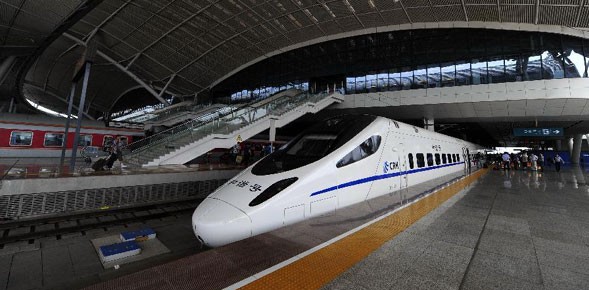The Chinese government has given the green light to the construction of five more railway projects worth 152.7 billion yuan (24.93 billion dollars), still in line with the government's goal to increase infrastructure investments to drive economic growth.
The announcement of the approval follows after China spent over $100 billion dollars for the construction of five airports and additional railway lines. The new airports will be located mostly in the western regions of China.
The new projects in infrastructure are expected to encourage more investment, which is the largest driving factor in the country's economy.
According to the National Development and Reform Commission, the approved railway projects will span across the Guangxi Zhuang Autonomous Region and the Guangdong Province in south China, Gansu Province in the northwest, the Inner Mongolia Autonomous Region in the north, and the Sichuan Province in the southwest.
Recently, another Chinese railway project was finished in the Xinjiang Uyghur Autonomous Region, which cuts down the travel time between the cities of Hami and Urumqi. The new high-speed railway line transports passengers and is now up and running.
Another high-speed railway project is set to be completed in the Qinghai-Tibet Plateau in December. It will reduce travel time between Gansu capital Lanzhou and Qinghai capital Xining down to an hour.
The Qinghai-Tibet rail line is considered as one of the hardest and most dangerous Chinese railway projects to be completed due to the high-altitude location where workers had to always carry an oxygen cylinder to facilitate breathing.



























